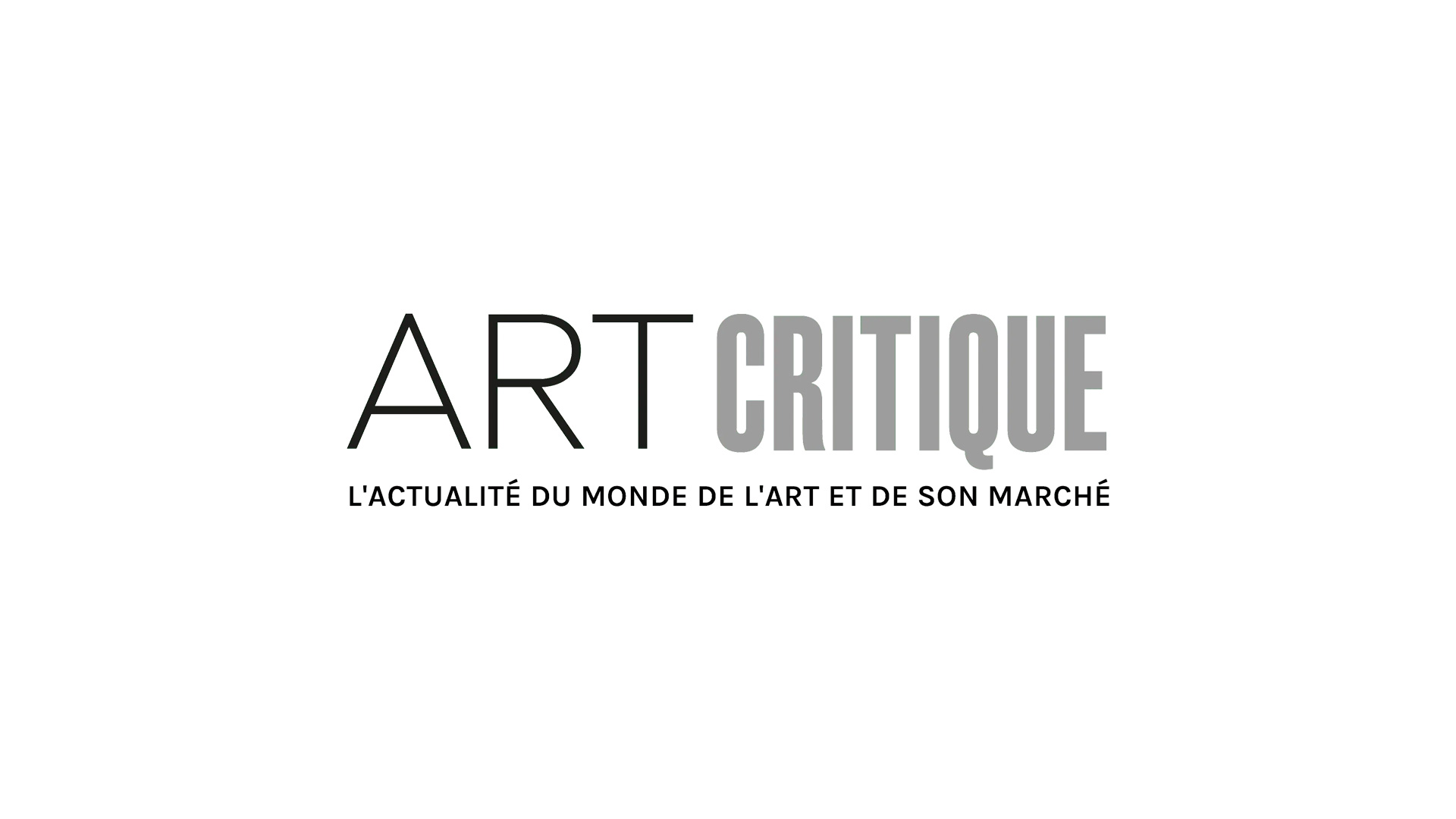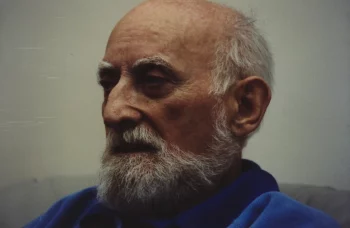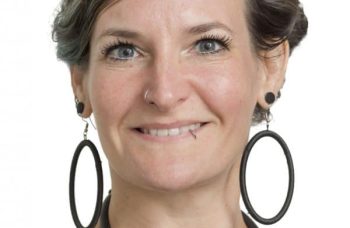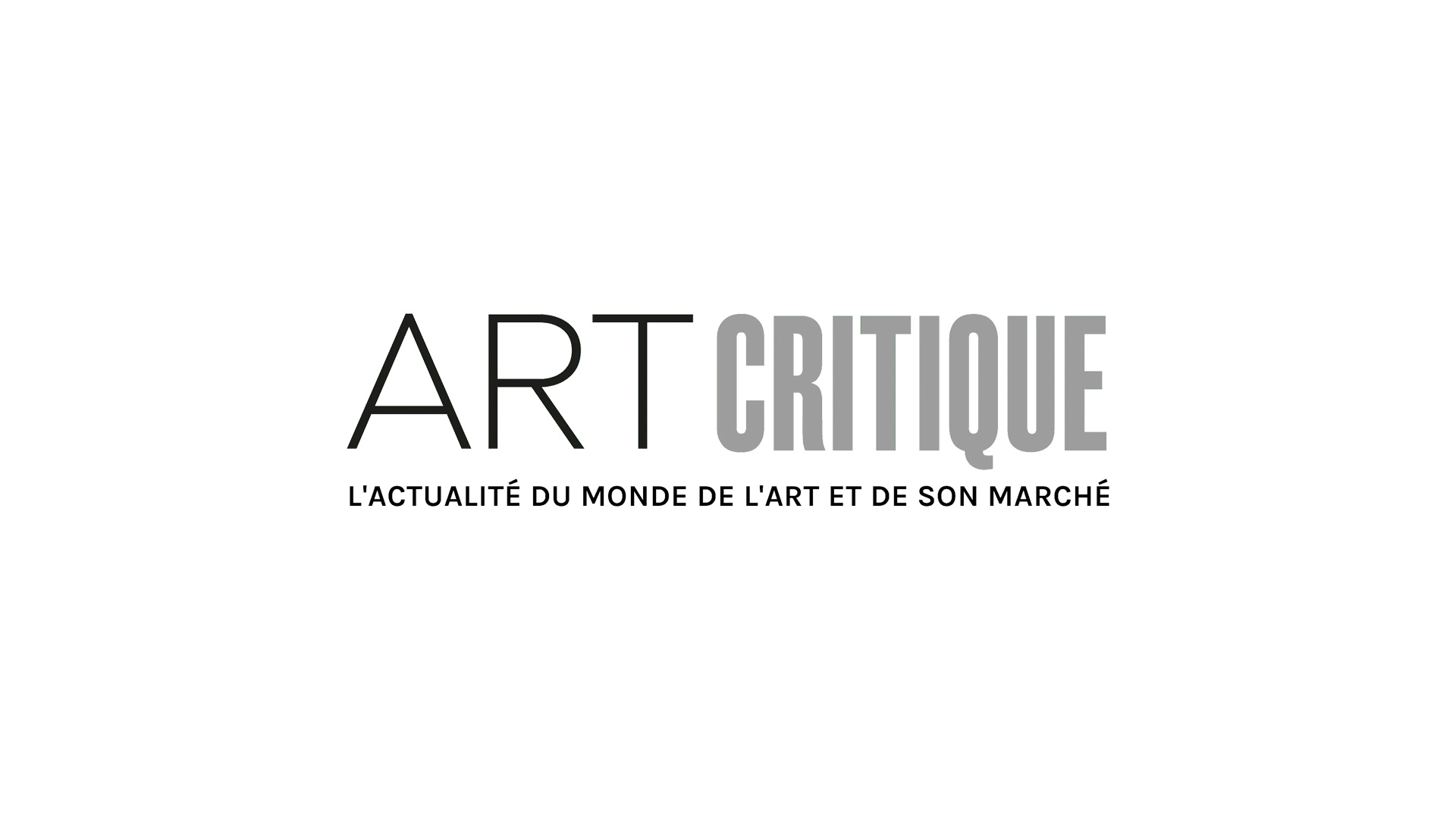The Court of Arbitration for Art (CAfA), the first ever tribunal that will focus explicitly on art disputes located in the Hague, is set to begin work on April 1st. The CAfA was formally launched in June of last year by the Netherlands Arbitration Institute and Authentication in Art, a non-profit organization.
Based out of the Hague, the CAfA will be able to conduct proceedings around the world. Their purpose is to offer lawyers and mediators that are well-seasoned in art dealings as opposed to judges and juries who lack the specified knowledge of the art world. Their arbiters and mediators will conduct investigations into a variety of art disputes including authenticity, copyright claims, and contract and chain of title matters. Moreover, the CAfA will provide tribunal appointed neutral experts to provide evidence in cases that rely on forensic science and issues of provenance, two issues the CAfA says ‘are often at the core of disputes in the art industry.’
By providing a plethora of industry experts, whether it be in forensics or law, the CAfA will save time, and therefore money, in the cases it handles because there is far less of a learning curve for those involved. When traditional courts hear cases that concern the art industry, it can take far longer for judges to understand the nuances of the industry. Often times, third party experts are brought in on both sides giving testament that is more times than not biased. The CAfA hopes to eliminate these issues and to provide rulings that will be more accepted within the art industry.
A final aspect of the tribunal that could prove to be beneficial is the ability to maintain anonymity through the process and even after the decision is made. William Charron, an art lawyer who thought up the CAfA, recognized that if both parties were forced to publish the outcome, that those who might consider the CAfA might be driven away. ‘We view it as important to publish,’ says Charron, ‘but all that CAfA can do is provide a path for parties to follow that rule.’ ‘The market values anonymity but the objective was to have a tribunal that the market would accept. So we struck a balance in a default rule to publish but keep party names anonymous […] The idea at every point is accuracy and market legitimacy.’ While the parties involved might be kept anonymous, the artwork in question will be included in the report. Charron also acknowledged that this could leave room for fakes to continue to be sold, given that that parties could remain anonymous, but the point of the CAfA is to provide the art industry with a tool. It isn’t ‘criticism-proof,’ says Charron.
One of the biggest feats the CAfA will have to overcome, though, is having the world and art industry realize their value. ‘The real issue,’ said Luke Nikas, an art lawyer who was part of the working group assembled by Charron to flesh out the CAfA, ‘is getting people to accept something that’s new.’





